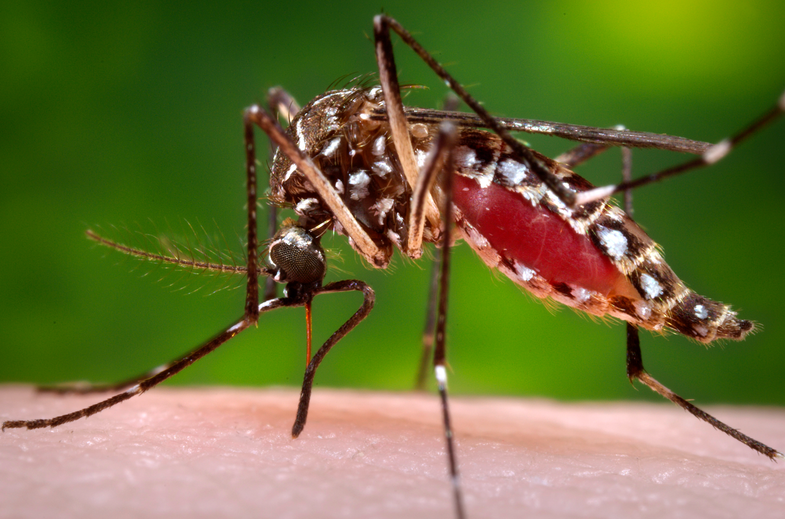CDC Releases Plan To Control Zika In The U.S.
The draft creates rapid response teams to prevent transmission

The Centers for Disease Control and Prevention (CDC) released a draft Zika response plan on Tuesday, setting up plans of action and roles of rapid response teams to prepare for impending locally-transmitted cases of Zika.
The 58-page document is novel in its creation of response teams, which will help localities with disease surveillance, mosquito control and lab testing, among other things. Many local governments do not have pre existing departments or teams to address these roles.
Though the United States remains luckily free of any locally transmitted Zika infections, the CDC believes that it’s not long before transmission occurs in the 50 states, primarily in the south, southwest, and Hawaii, where there are larger populations of the disease-carrying mosquitos Aedes aegypti and Aedes albopictus.
As of today, there are about 700 reported cases of Zika infection throughout the states and Washington, D.C. All resulted from travel, and not from local transmission. In Puerto Rico, there have been more than 1,200 locally-transmitted cases of Zika virus reported in Puerto Rico, as well as 21 each in American Samoa and the U.S. Virgin Islands.
The CDC and other experts anticipate that future transmission may be precipitated by a traveler entering the continental U.S. or Hawaii with the Zika virus and then being bitten by one of the two species of mosquitoes that can transmit the disease.
Thankfully, it is expected that an outbreak in the states would be small in comparison to other cities in Latin America, which are now dealing with the disease. Experts credit this to the common use of air conditioning and window screens, along with American cities being less dense than their equatorial counterparts.
[Via STAT]